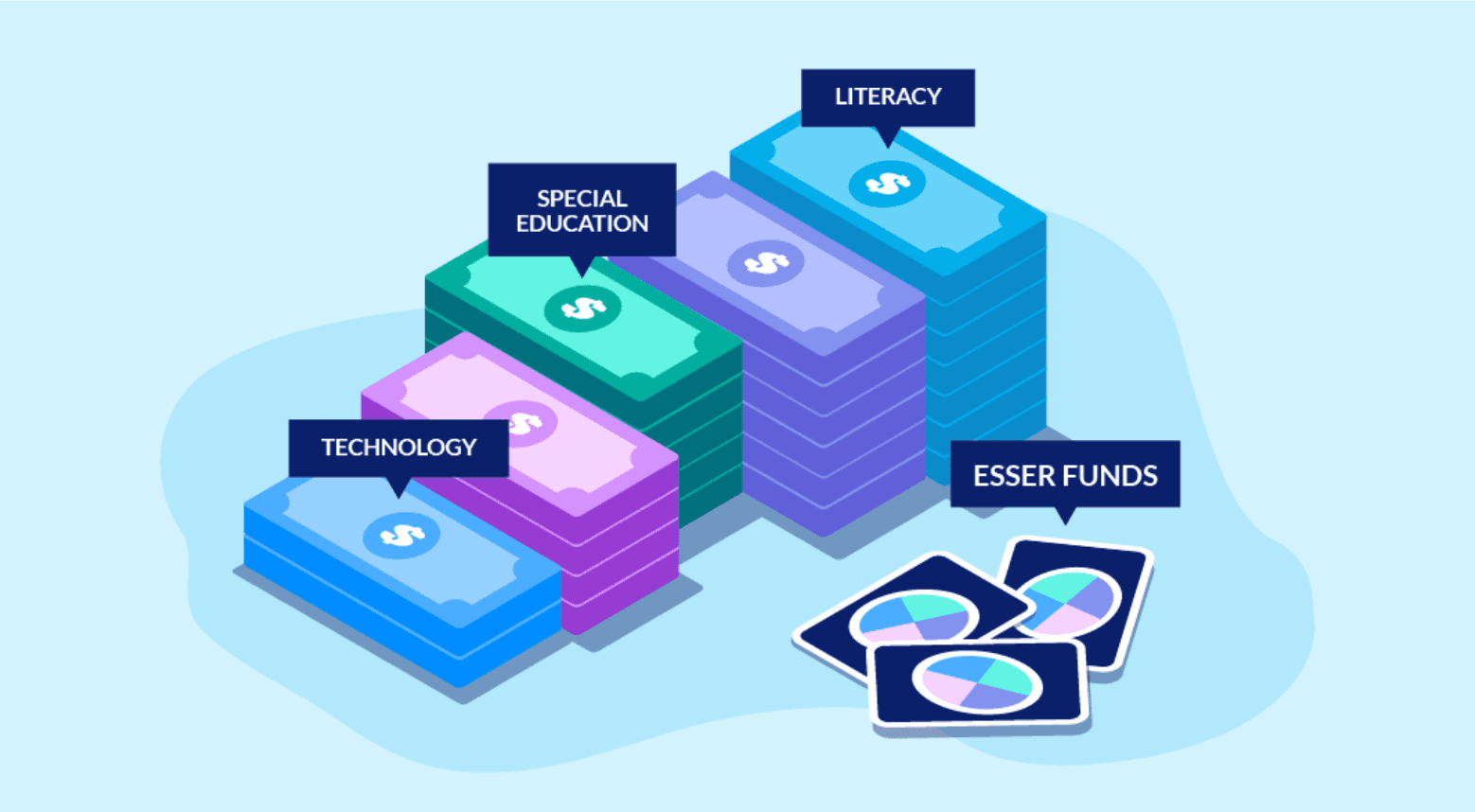Yaizy Blog
With the End of ESSER Funding, What’s The Outlook for CTE and Career-Connected Learning?
Blog
Aug 19, 2024

As the curtain falls on Elementary and Secondary School Emergency Relief (ESSE) funding this September, schools across the nation face a new reality of tighter budgets while redoubling efforts to provide highly-engaging, effective learning outcomes.. As federal financial resources decrease, the urgency to equip students with real-world skills through career-connected learning has never been stronger. Nowhere is this more evident than in Texas, where state accountability measures and targeted funding incentives are paving the way for a future-ready workforce. In this evolving landscape, Texas schools are turning challenges into opportunities, ensuring that Career and Technical Education (CTE) not only survives but thrives.
The End of ESSER Funding and Its Implications
ESSER funds have played a crucial role in bolstering education budgets during the pandemic, accounting for a substantial share of current education dollars. The impending loss of these funds poses a risk of budget shortfalls in many districts.
The stakes are particularly high for districts that have not yet fully utilized their ESSER allocations, risking the forfeiture of these vital resources as the deadline approaches. According to the Center on Budget and Policy Priorities, the impact of losing ESSER funds could be severe, with potential consequences including staffing reductions, school closures, and the elimination of vital student programs.
Nationwide, nearly 50% of ESSER III funds in states that reported data have been used for labor costs, including hiring teachers, counselors, and specialists. As these funds run out, concerns mount that without additional support from state budgets, schools may struggle to retain essential staff members, exacerbating existing challenges like teacher shortages.
Despite these overarching budget challenges, the prospects for career-connected learning have never been stronger. School leaders are navigating this transition by leveraging key strategies that ensure students continue to receive real-world learning experiences and both hard and durable skills they need to succeed in college and careers.
Spotlight on Texas: Turning Challenges into Opportunities with CTE
Texas is setting a powerful example of how states can sustain and even enhance educational outcomes through a strategic focus on CTE, with nearly 40% of public high school students in the state designated as CTE concentrators. The state has implemented robust accountability measures that not only encourage students to become CTE concentrators and completers but also provide schools with financial incentives to support these programs. The tiered funding model is particularly beneficial for rural districts, offering them the necessary resources to start and sustain much-needed CTE programs.
Here are key focus areas of the Texas CTE model:
Student-Based Funding Approach:
The tiered funding approach determines the CTE allotment for LEAs, ensuring that funding aligns with the number of students and the complexity of the programs offered.
Outcome Bonuses:
Outcomes Bonuses are awarded annually based on the percentage of students exceeding specific performance thresholds, incentivizing schools to ensure student success in meeting or surpassing key readiness benchmarks.
Industry-Based Certification (IBC) Reimbursements:
A vital component of Texas’ CTE strategy is the focus on IBCs. LEAs are reimbursed for eligible students in grades 9-12 who pass an IBC examination from an approved certifying entity.
CTE Transportation Allotment:
Texas provides a transportation allotment to LEAs for services between the home campus and other locations, such as secondary public schools, work-based learning sites, or specialized CTE centers.
Moving Forward: Beyond ESSER with a Focused CTE Approach
As ESSER funding winds down, schools nationwide face a pivotal moment. The good news is that effective strategies for navigating this transition are already in place. For example, by focusing on career-connected learning and implementing a tiered funding model, Texas has successfully incentivized CTE enrollment and student success. Schools that prioritize career-focused education, adopt outcome-based incentives, and provide essential support such as IBC reimbursement are poised for strong student success. While the end of ESSER funding presents challenges, these proven practices offer a hopeful path forward, helping schools sustain educational excellence and preparing students for the demands of a rapidly-changing workforce.